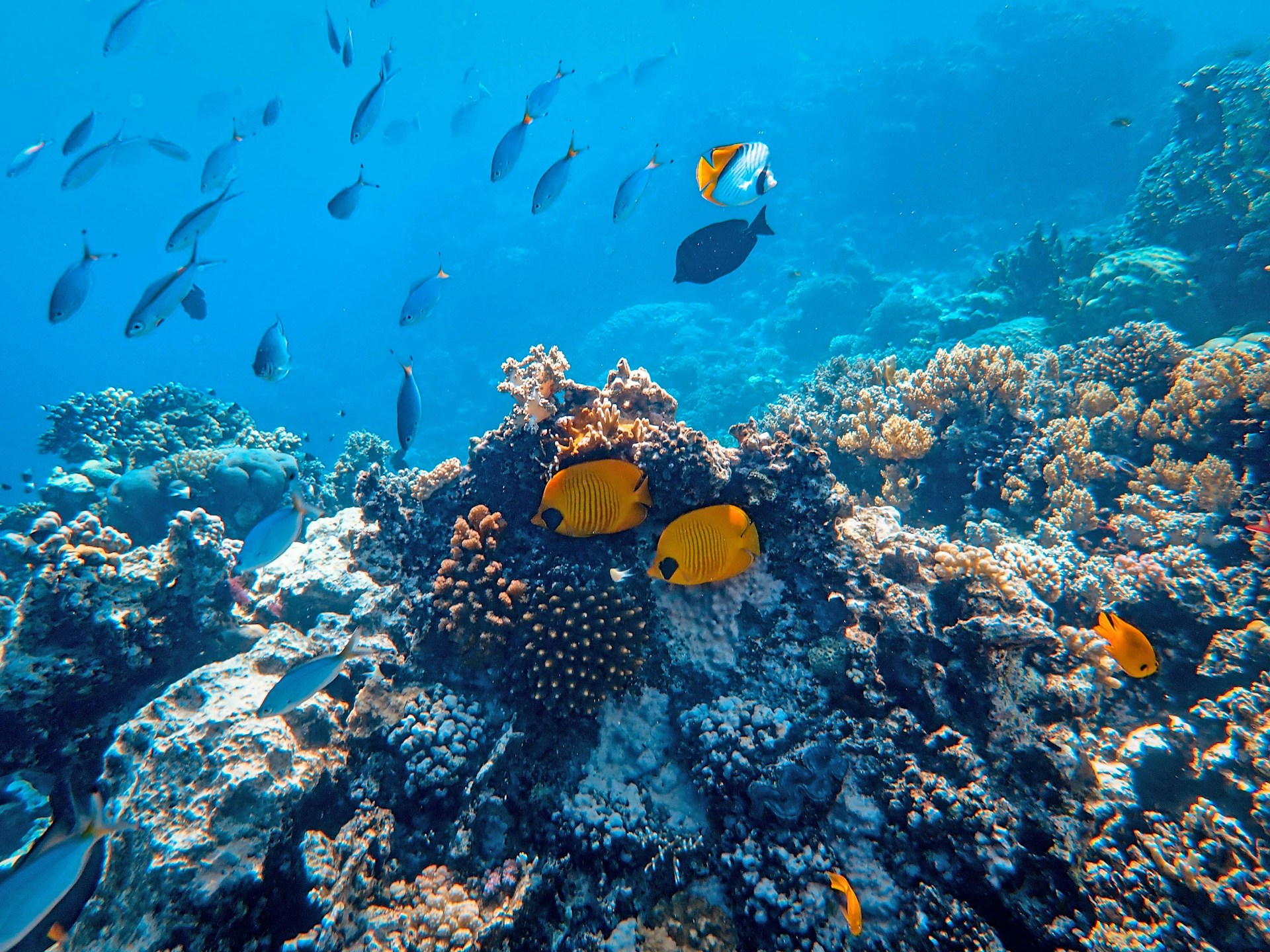 Francesco Ungaro on Unsplash
Francesco Ungaro on Unsplash
Leveraging the CBD experience to generate momentum for the BBNJ Agreement
On 19 September 2025, the BBNJ Agreement reached the milestone of 60 ratifications, triggering its entry into force on 17 January 2026. Announced on the eve of the 80th United Nations General Assembly, this historic development could not have been more timely. It underscores the importance of environmental multilateralism and marks a major step forward for ocean governance.
Linkages between the BBNJ Agreement and the Convention on Biological Diversity (CBD) and its Protocols run deep and wide. The implementation of the BBNJ Agreement can support the achievement of the targets of the Kunming-Montreal Global Biodiversity Framework (KMGBF), the universal blueprint to halt and reverse biodiversity loss across the globe, including in the ocean.
By building on the experience that they have accumulated under the CBD and its Protocols, Parties can benefit from important momentum in initiating the implementation of the BBNJ Agreement, while advancing the global biodiversity agenda. Here are three examples, among many others, illustrating areas of confluence where that momentum can be leveraged:
- Capacity-building as part of the Sustainable Ocean Initiative
Launched within the framework of the CBD, the Sustainable Ocean Initiative (SOI) aims to foster partnerships and capacity-building, focusing on the implementation of the Convention and its Protocols, and the achievement of the goals and targets of the KMGBF in the marine and coastal environment. The insights and experience accrued within SOI can support the implementation of the BBNJ Agreement.
Coordinated by the CBD Secretariat, FAO and UNEP, the SOI Global Dialogue—a global platform— held its fourth meeting on 11-14 June 2024 in Seoul, Korea, one year after the BBNJ Agreement was adopted. Participants representing Regional Seas organizations, fishery bodies, United Nations entities, global and regional organizations as well as governments and civil society explored pathways to support the implementation of the BBNJ Agreement.
- Applying scientific knowledge to marine conservation
Since 2010, the CBD Secretariat has facilitated the science-driven process to describe ecologically or biologically significant marine areas (EBSAs) based on a set of internationally agreed scientific criteria. An EBSA is an area of the ocean that has special importance in terms of its ecological and/or biological characteristics. Defining features of EBSAs include harbouring essential habitats or food sources, or hosting breeding grounds for particular species.
As of 2024, 338 EBSAs have been mapped and formally recognized by the Conference of the Parties to the CBD and included in the EBSA repository. Following the adoption of new EBSA modalities at COP16 in Cali, Colombia, the CBD Secretariat developed resources to explain how to submit or update EBSA descriptions, including this handbook.
This experience in using best available scientific knowledge to identify the most important places in the ocean for biodiversity, including those in areas beyond national jurisdiction, will be crucial for the implementation of the BBNJ Agreement, in particular with respect to area-based management tools and biodiversity-inclusive environmental impact assessments.
- Fair and equitable sharing of benefits arising from the use of genetic resources and DSI
Access to genetic resources and the fair and equitable sharing of benefits arising from their utilization – a set of themes known as ABS – are captured in the third objective of the CBD, alongside conservation of biodiversity and the sustainable use of its components. ABS are addressed in the Nagoya Protocol on Access and Benefit-Sharing. The Protocol also addresses related issues, including traditional knowledge associated with genetic resources.
In addition to bilateral Access and Benefit-Sharing (ABS) arrangements under the Nagoya Protocol, and as part of a separate strand of work, the Parties to the CBD have also established a multilateral mechanism for benefit-sharing from the use of digital sequence information on genetic resources (DSI), including a global fund. The COP operationalized the modalities of the multilateral mechanism in 2024. Named “the Cali Fund”, the global fund was launched on 25 February 2025, on the margins of COP 16.2 in Rome.
The experience accumulated in pursuing the fair and equitable sharing of benefits arising from the use of genetic resources and associated traditional knowledge, but also from DSI on genetic resources, will be crucial in approaching corresponding themes under the BBNJ Agreement.
*****
Dive deeper
For more information on how the vast experience that the Parties to the CBD and its Protocols have accrued in areas relevant to the BBNJ Agreement, including biodiversity-inclusive environmental impact assessments and biodiversity mainstreaming, read the CBD-BBNJ Booklet.